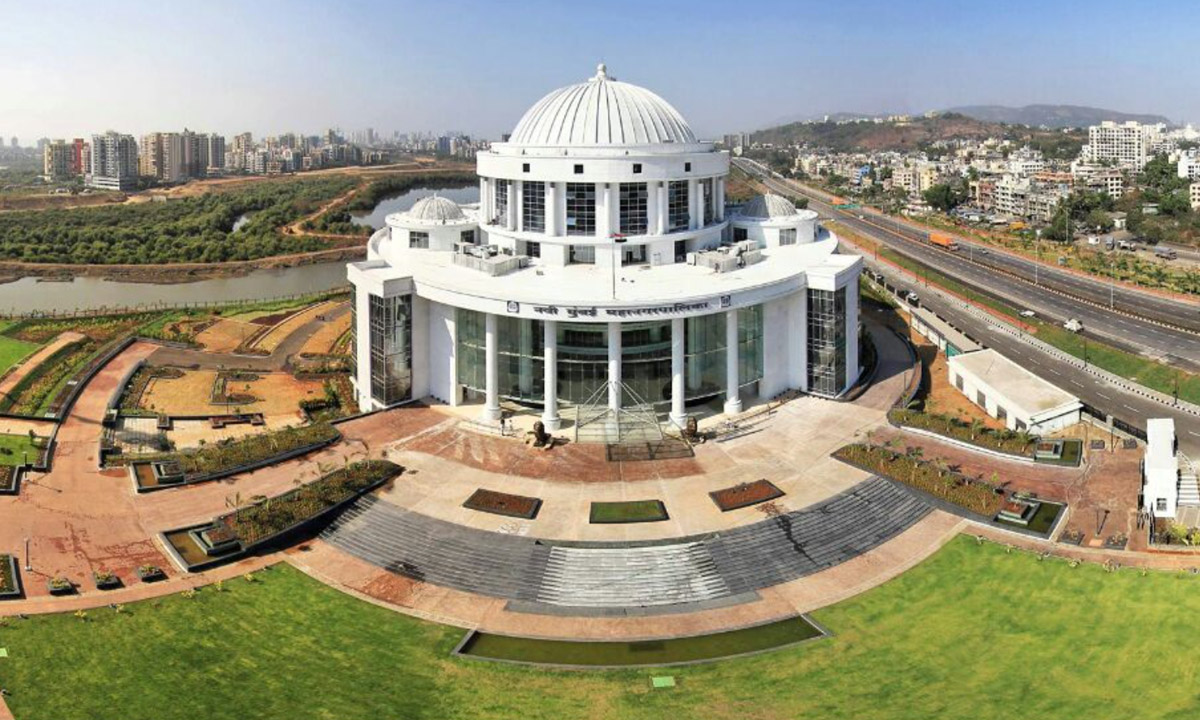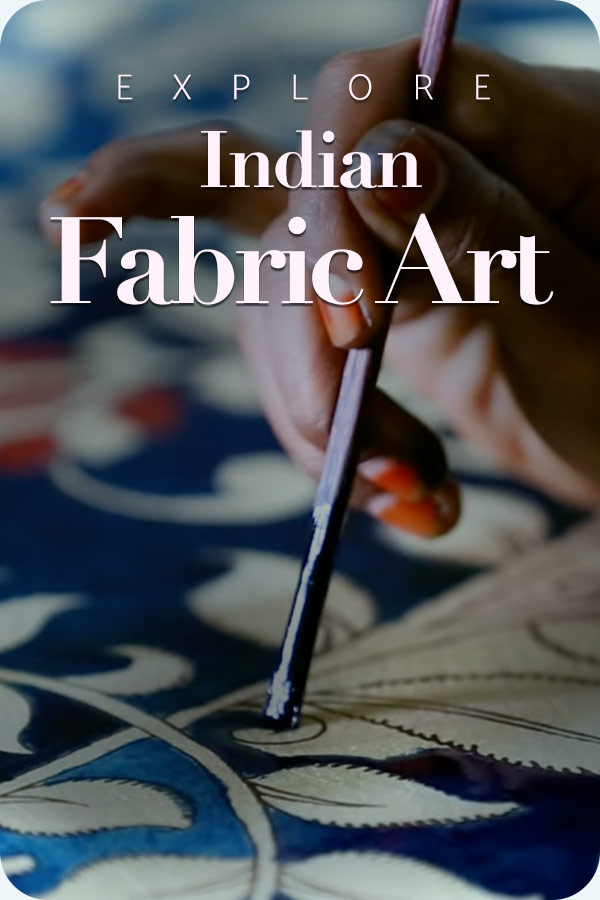
Navi Mumbai is on track to make history with the creation of India’s first Waste-to-Art Lab at CBD Belapur. The Upcycling Art Training Centre will be housed beneath the Sector 21 flyover in CBD Belapur and is designed to process about 200 tonnes of dry waste each month. As the municipal officials stated, the lab will literally “transform discarded materials into artistic sculptures that will beautify public spaces across the city,” bestowing a second life to plastics, scrap metal, and other recyclables. In practice, this means turning discarded useless garbage into public art installations that will be used to decorate parks, plazas, and landmarks, reflecting Navi Mumbai’s commitment to environmental responsibility while maintaining its urban aesthetics.
Art Meets Sustainability
The city’s accent is on merging waste management with creativity. Commissioner Dr. Kailas Shinde asseverated that Navi Mumbai “has always been a pioneer in solid waste management and innovative recycling practices,” and that the new lab is not only designed to handle trash effectively but also “promote creativity and environmental awareness”. The Municipal Corporation is also participating in this noble cause by providing space and basic infrastructure, while the baling machines and equipment are taken care of by the private contractors. The sculptures produced will be used to adorn the cityscape, including parks, schools, colleges, and other public squares.
The NMMC will also run educational workshops, lectures, and awareness programmes in schools, colleges, and different housing societies to engage citizens, especially students and youths, in the act of recycling and environmental conservation. In this way, the project is supposed to run beyond waste disposal; it is to become a participatory art and learning initiative for the community as a whole.
Socio-Economic Impact
NMMC officials confirmed that the basic feedstock of the lab will be derived directly from the city’s waste ecosystem. Dry waste collected by sanitation workers and informal waste-pickers will be purchased and collected by the lab, securing the supply of recyclables while providing income support to low-income workers. This simulation is a win-win for both the city and its people. This budding initiative is built upon Navi Mumbai’s long-running record of innovation in the niche of recycling. Hitherto, the city has successfully turned organic garbage into compost, converted plastic waste into industrial fuel, and also processed coconut husks into coir ropes and cocopeat. Another instance was the conversion of construction debris to make paving blocks. Navi Mumbai also runs India’s first municipal old-clothes recycling project. Officials mentioned that the Waste-to-Art Lab is expected to “further enhance Navi Mumbai’s reputation as a leader in sustainability and creative waste management”.
Project Details and Highlights
| Aspects of the Project | Noteworthy Details |
|---|---|
| Project | India’s first Waste-to-Art Lab (Upcycling Art Training Centre) |
| Location | Beneath Sector 21 flyover, CBD Belapur, Navi Mumbai |
| Waste Handled | Approximately 200 tonnes of dry waste per month |
| Core Activity | Upcycling discarded materials into artistic sculptures for public display |
| Infrastructure | NMMC provides facility space; contractors install baling and processing equipment |
| Community Outreach | Workshops and awareness programs in schools, colleges, and housing societies |
| Impact & Beneficiaries | Beautified public spaces, citizen engagement, and income support for waste pickers |
Key Takeaways
- Navi Mumbai, hosting India’s first dedicated Waste-to-Art Lab, is a first-of-its-kind initiative.
- Discarded plastics, metals, and other recyclables will be upcycled into sculptures and installations for public spaces, promoting the agenda of Art from Waste.
- Waste is purchased directly from local sanitation workers and waste-pickers, promoting Inclusive sourcing.
- NMMC will organize workshops, lectures, and community events (in schools, colleges, and housing societies), making this appear less like a task and more like an immersive activity.
- This creative lab complements Navi Mumbai’s existing green projects (composting, plastic-to-fuel, coir/cocopeat production, and clothes recycling), building on past success and building a thriving legacy.
An Opinionated Perspective
Navi Mumbai’s Waste-to-Art Lab is a remarkable civic innovation. It’s like a cultural manifesto protracted towards urban sustainability. The most potent aspect of this project is merging aesthetic imagination with ecological accountability. With symbolic sculptures and public installations, NMMC can also transform the overlooked pockets of the city into a site of creativity. This reflects strong policy actions paired with creative initiatives to set in motion the wheel of change, as it marks a model for future sustainable pursuits.
It also creates opportunities, not only for the low-waged workers, but for students in the artistic field, as they gain exposure and hands-on experience in the conversion of waste materials into masterpieces, where each discarded material will be infused with new narratives of beauty and responsibility to make the world a better habitable abode. It becomes art in motion. It also expands the idea of what constitutes public art in India, moving it beyond elite galleries into the arteries of civic life.
Takeaways
However, the lab’s success will purely depend on consistent public participation and curatorial vision. Without active community engagement, such projects risk becoming symbolic gestures rather than sustainable movements. Yet, Navi Mumbai’s record in civic innovation gives reason for optimism. If executed with commitment, the Waste-to-Art Lab could redefine how Indian cities imagine waste—not as the end of a cycle, but the beginning of creativity.







